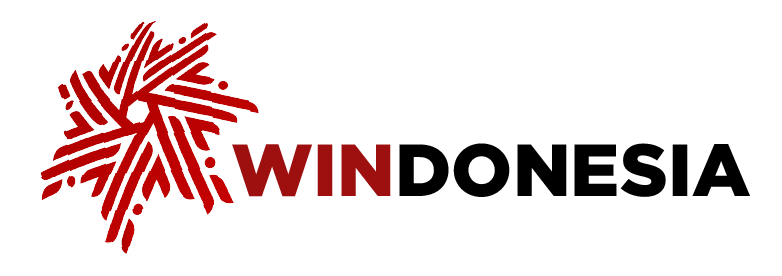Latest News
Southeast Maluku Regent Muhammad Thaher Hanubun emphasized the importance of preserving and maintaining the values of local wisdom in the wer warat tradition.
This tradition is a key part of the 2025 Meti Kei Charm Festival (FPMK) held at Hoar Beach in Ohoi Danar Sare Village, Southeast Lesser Kei District, Southeast Maluku Regency, Maluku Province, on Oct. 26, 2025.
Thahar said although this year's FPMK was held with modesty, the enthusiasm of the Kei people for maintaining their ancestral traditions remains extraordinary.
Preserving Wer Warat, the regent said, is not only a form of pride in cultural identity but also a moral responsibility of the entire local community to safeguard the heritage inherited from their ancestors.
The Wer Warat tradition depicts the community's unity in catching fish using a long rope wrapped around coconut leaves. The rope is stretched out in the sea and then slowly pulled to shore to herd the fish into the net, a process carried out with great coordination and togetherness.
"Although this year's FPMK was held with local modesty and wisdom, such as the Wer Warat [tradition], were still maintained and preserved. I hope the community can maintain this tradition as a proud cultural heritage," said Regent Thaher.
More than just a fishing activity, Wer Warat contains philosophical meanings about togetherness, social responsibility, and marine conservation. This tradition has been passed down from generation to generation as a symbol of harmony between humans and nature.
Preparations for Wer Warat began early in the morning by creating a 150-200-meter rope from woven coconut leaves. Before the procession began, traditional and religious leaders led a prayer for safety and abundant marine resources.
This year's Wer Warat tradition also attracted the attention of invited guests, including several members of the Indonesia House of Representatives who attended FPMK 2025.
They expressed their appreciation for the Kei community's enthusiasm for preserving a cultural heritage steeped in togetherness and local wisdom.
"Wer Warat is an ancestral tradition that we are all proud of. If we don't preserve and promote it, who will?" stated House Commission III member Widya Pratiwi.
The Wer Warat procession is also accompanied by traditional restrictions, including the prohibition on women stepping on the beach during the ceremony. This is done as a form of respect for the sacred values passed on by the locals' ancestors
Meanwhile, House Commission V member Saadiah Uluputty expressed his appreciation for the enthusiasm of the Kei people in preserving local culture. The modesty of the festival does not reduce the meaning and beauty of the traditions carried out.
"We are proud to be able to witness this tradition firsthand. This is a precious memory for us in Senayan, and we will tell the beauty of Wer Warat culture to the public at large," said Saadiah.
The 2025 Meti Kei Enchantment Festival is a concrete manifestation of the Kei people's commitment to preserving their ancestral heritage.

